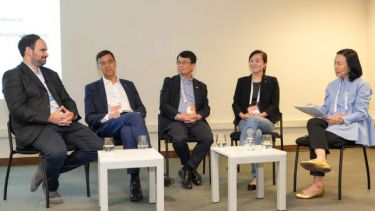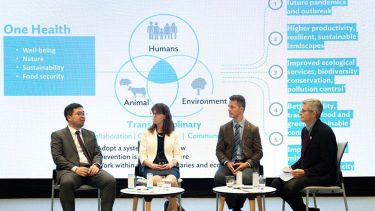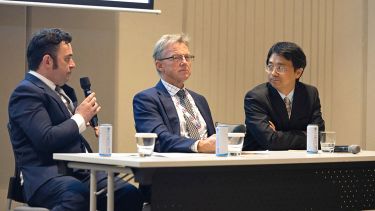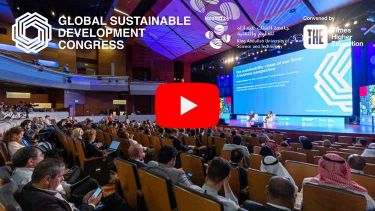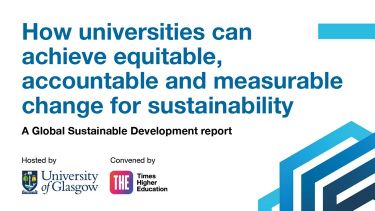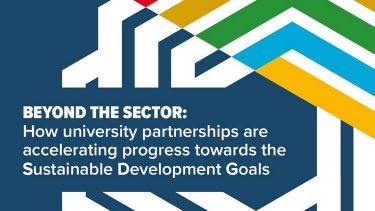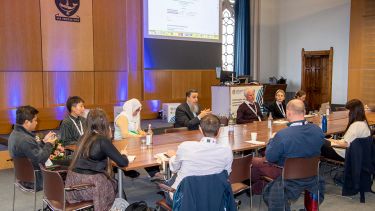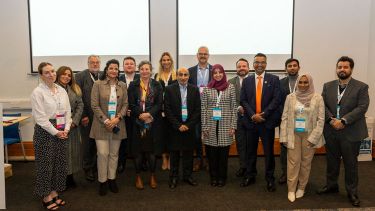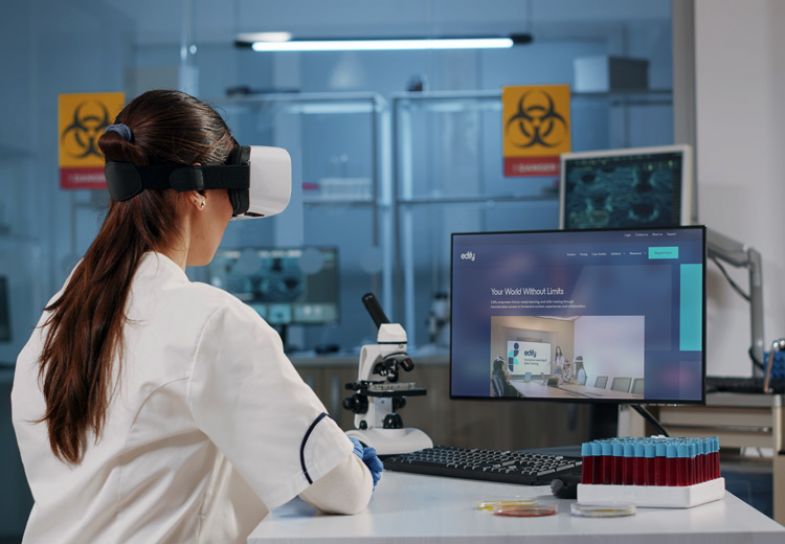
Virtual and augmented reality tools are key to transforming education and effecting positive social change
If technology giants like Meta and Google are to be believed, the metaverse is not just the future of the internet but the future of communication altogether. And while many experts remain sceptical of its value and purpose, there is no denying that the metaverse will have an increasing presence in most peoples’ lives over the coming years.
According to Martin McDonnell, CEO and co-founder of the immersive learning and training platform Edify, “the metaverse is real and it’s coming. You can think it doesn’t affect you, but in 10 years’ time it will be touching all parts of our lives in the same way that the internet did in the 1990s”.
The potential for education institutions in this space is clear, McDonnell adds, and universities will “need to be ready for it”.
Speaking at a session during Times Higher Education’s Global Sustainable Development Congress 2022, McDonnell and Mark Anderson, chair of Edify, explained the basic principles of the metaverse and the technologies that are driving it, and discussed how learning institutions can utilise the metaverse as a vital tool to enhance student outcomes.
Speaking to THE after the event, McDonnell explains: “In recent years, the metaverse has become a zeitgeisty phrase that gets used too much and applied to too many things.” A commonly misunderstood aspect of the metaverse is that it’s “not simply an immersive virtual reality world, but a combination of technologies”. The metaverse combines the kind of virtual reality programmes many will be familiar with, for instance through gaming, with rapidly evolving AI technologies and new forms of payment and data sharing.
The opportunities for higher education are particularly ripe, says McDonnell, and institutions may well “lead the way ahead of other sectors” in embracing the technology.
“A major shift we could see is improved access to higher education,” Anderson says. “We know from the experiences of the pandemic that in-person learning is valued, but it’s not always possible for international students to travel somewhere or pay the same fees to attend a Russell Group or Ivy League school.”
“Everything is now on the table,” McDonnell says. “With a smartphone and internet connection, students can dial into a remote virtual lesson at Harvard, or go to the Large Hadron Collider at CERN and experience it in 3D.”
A clear example of how universities are already making use of virtual and augmented reality is through medical courses. “The nursing shortage is chronic,” Anderson says. “Bringing nursing students into a physical space means there are always going to be capacity constraints. Virtual spaces remove those barriers.”
Hardware development has been a persistent challenge in the past, but soon students working in labs or using expensive, fragile or dangerous tools will be able to practise in a virtual setting first, with real-time digital prompts, without the inherent cost and risk factors.
Going forward, it’s crucial that universities are able to implement effective virtual learning spaces that operate asynchronously, allowing participants to take part in their own time, Anderson says. “Digital scaling of learning and upskilling workers is sorely needed in an evolving higher education and innovation sector, and that’s our priority.”
Find out more about Edify.


